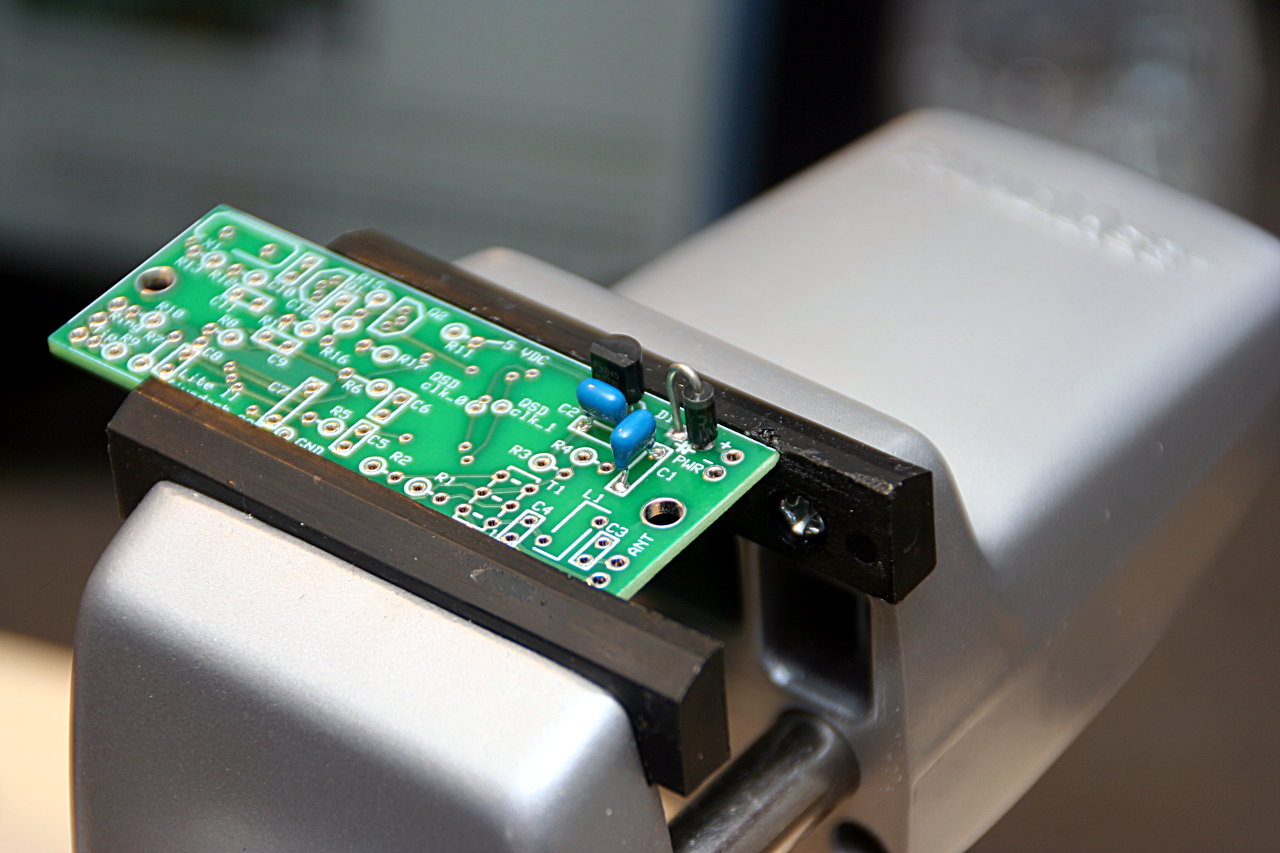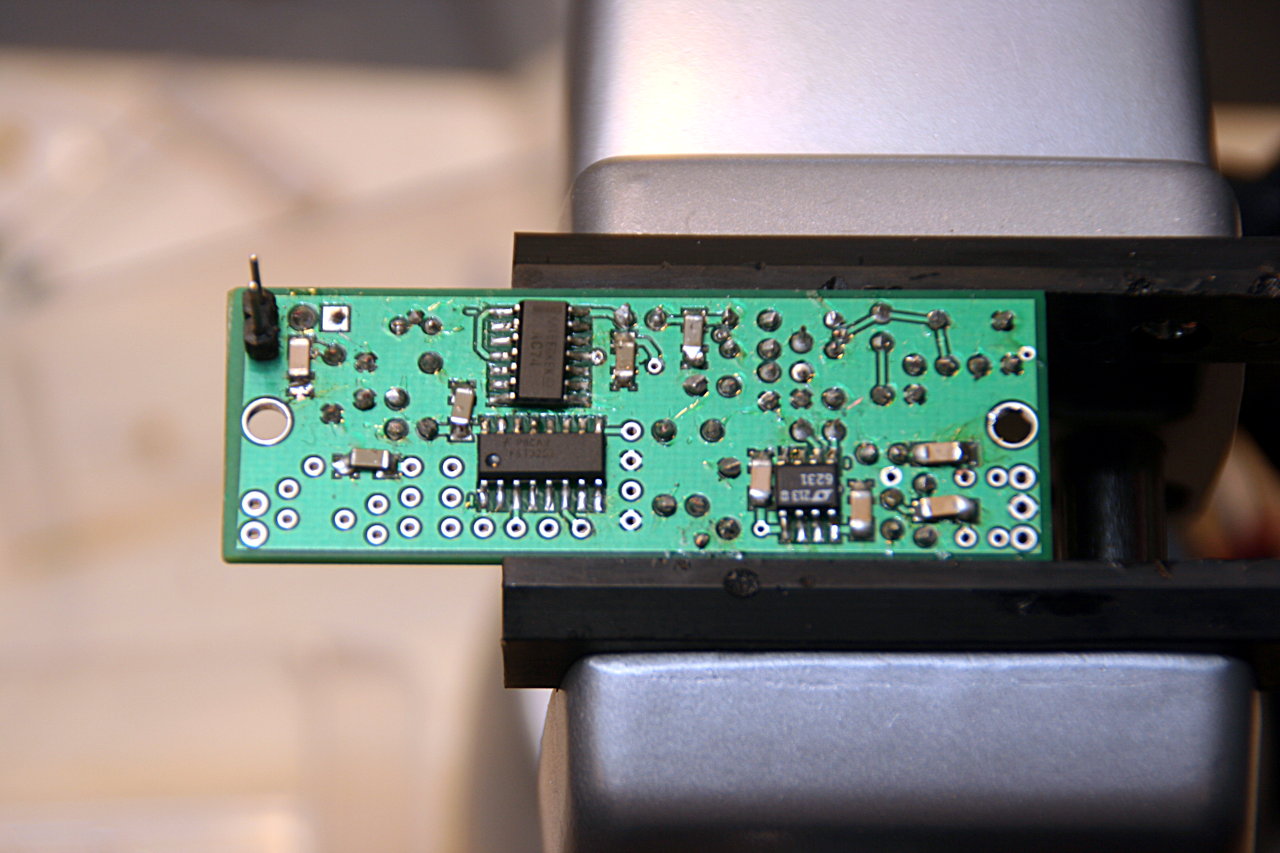Finally got around to starting one of the Softrock radios I got a few months ago. Decided to start with the Softrock Lite II receiver since it was the easiest and didn’t have too many SMT components to put on. Most of the components are through-hole, with a few SMT capacitors, ICs and an op amp. Perfect for starting off with SMT work.
It’s a pretty easy build, and the build instructions are pretty thorough and informative. The instructions break up the build into the different sections of the radio, explain what it does and provides the schematics, list of parts, where to put them on the board and tests afterwards.
I did run into a couple of problems with getting the SMT capacitors on. One of them was the wrong one (didn’t take note that one set was marked and the other wasn’t), and two of them I put in the wrong orientation because I wasn’t paying attention to the diagram. Other than that the SMT work turned out to be a little easier than I thought it would be.
The build starts with the power supply part of the radio. All through hole stuff, except for one SMT capactior, so pretty easy. Just need to pay attention to the orientation of the diode.

I used a couple of jumper pins and used power from the MiniLab to supply power to the radio for testing. The oscillator part was next. Again, all through hole stuff and one SMT capactior here for this section of the radio.

Most of the SMT components are in the divider and op-amp stages of the build. There are 3 SMT ICs and the rest of the SMT capacitors that go on in this part. With a bit of practice from the first two SMT capacitors, getting the rest of the capacitors on wasn’t too hard (aside from not paying attention to orientation). The SMT ICs and op amp were a little trickier, but still not as bad as I expected.


Except for the inductor and transformer in the band pass filter stage, all the components are on the radio. Will need to study the section on winding toroids first before I try to make them. Then I’ll have to switch out the jumper pins for a more permanent power connection and then make up the computer and antenna connections.





